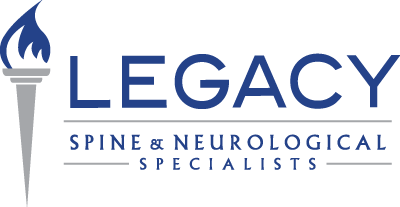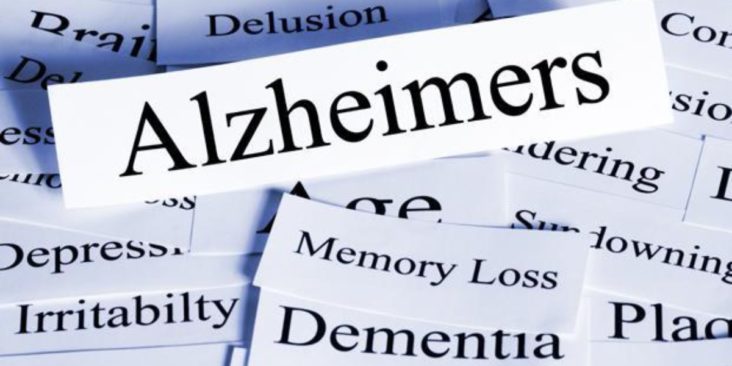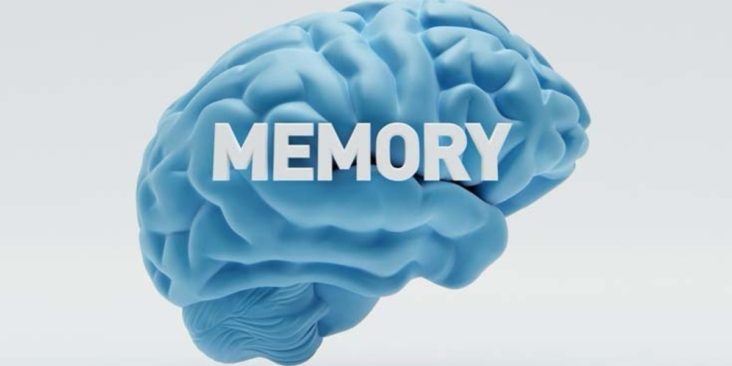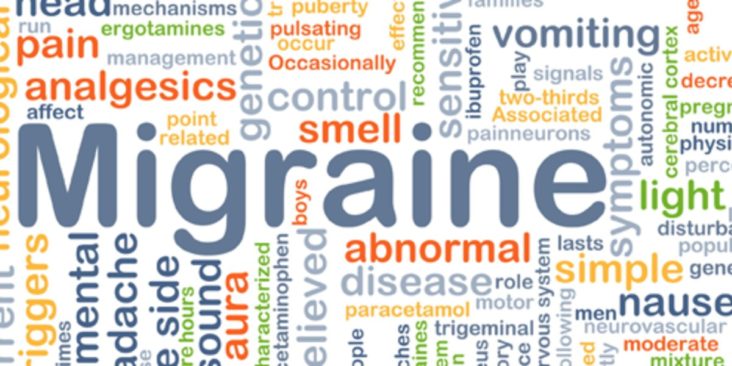Trigeminal Neuralgia (TN), also known as Tic Douloureux and or the suicide disease, is a chronic pain condition that affects the trigeminal or 5th cranial nerve, one of the most widely distributed nerves in the head.
Trigeminal Neuralgia is often misdiagnosed as dental pain, since pain is frequently triggered when someone chews or talks. However, pain can also occur when someone touches their face, shaves or simply feels the wind.










